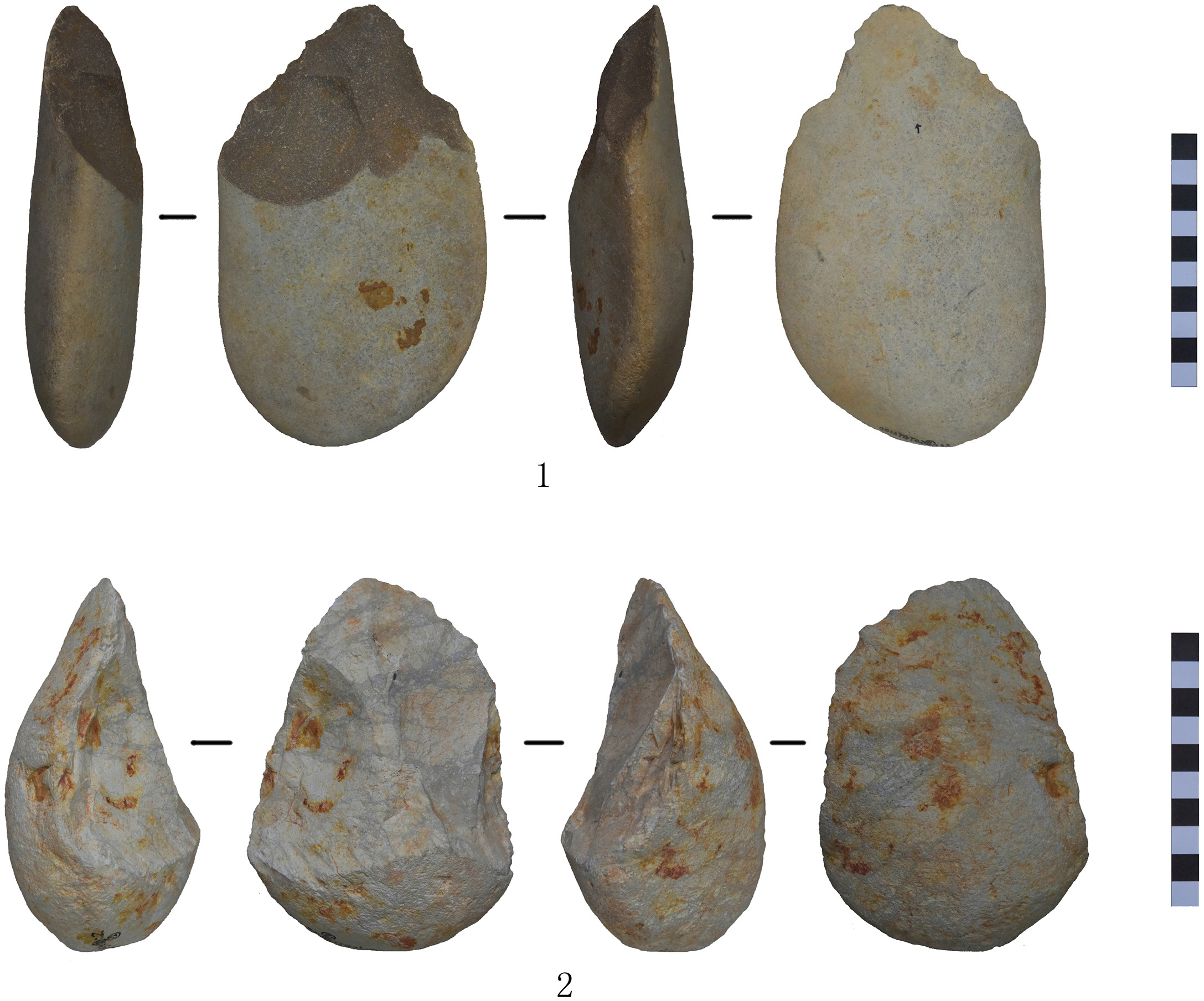Stratigraphy and chronology of the palaeolithic industry in Bose Basin, South China: Excavation of Gaolingpo
Authors: Guangmao Xie, Xiaoying Chen, Dawei Li, Minghui Yu, Zhanghua Hu, Huayu Lu, Qiuyan Huang and Qiang Lin
Abstract: The Palaeolithic industry in the Bose Basin, Guangxi, South China is well known in the international scientific community for its handaxes dating to the early Middle Pleistocene. Seven terraces occur in the basin, terrace 4 being best known because handaxes and tektites were recovered. Previous studies have concluded that the single phase within this industry dates to ca. 803 ka. However, before 2013 no attempt was made to excavate to the basal gravels from the top of terrace 4. Therefore, the stratigraphy and the layers from which the stone artifacts derive in terrace 4 are not clear. In 2013–2014, we conducted an excavation of 200 m2 at Gaolingpo, one of the most important Palaeolithic sites in the Bose Basin. We excavated to the basal gravels from the top of this terrace. A section more than 7 m thick was exposed and clearly shows the Pleistocene and Holocene stratigraphic sequence. Furthermore, about 800 stone artifacts including choppers, picks, and scrapers, were documented from a sequence comprising several stratigraphic layers. Based on stratigraphy and the stone artifacts, we have established three stages of Palaeolithic cultural remains from Gaolingpo. The first is probably ca. 803 ka. The second is dated to 15 ka, and the third stage to approximately 10 ka.
Keywords: Bose basin, South China, Stratigraphy, Chronology, Cultural sequence and Palaeolithic
Link: https://www.sciencedirect.com/science/article/pii/S2352226721000313

